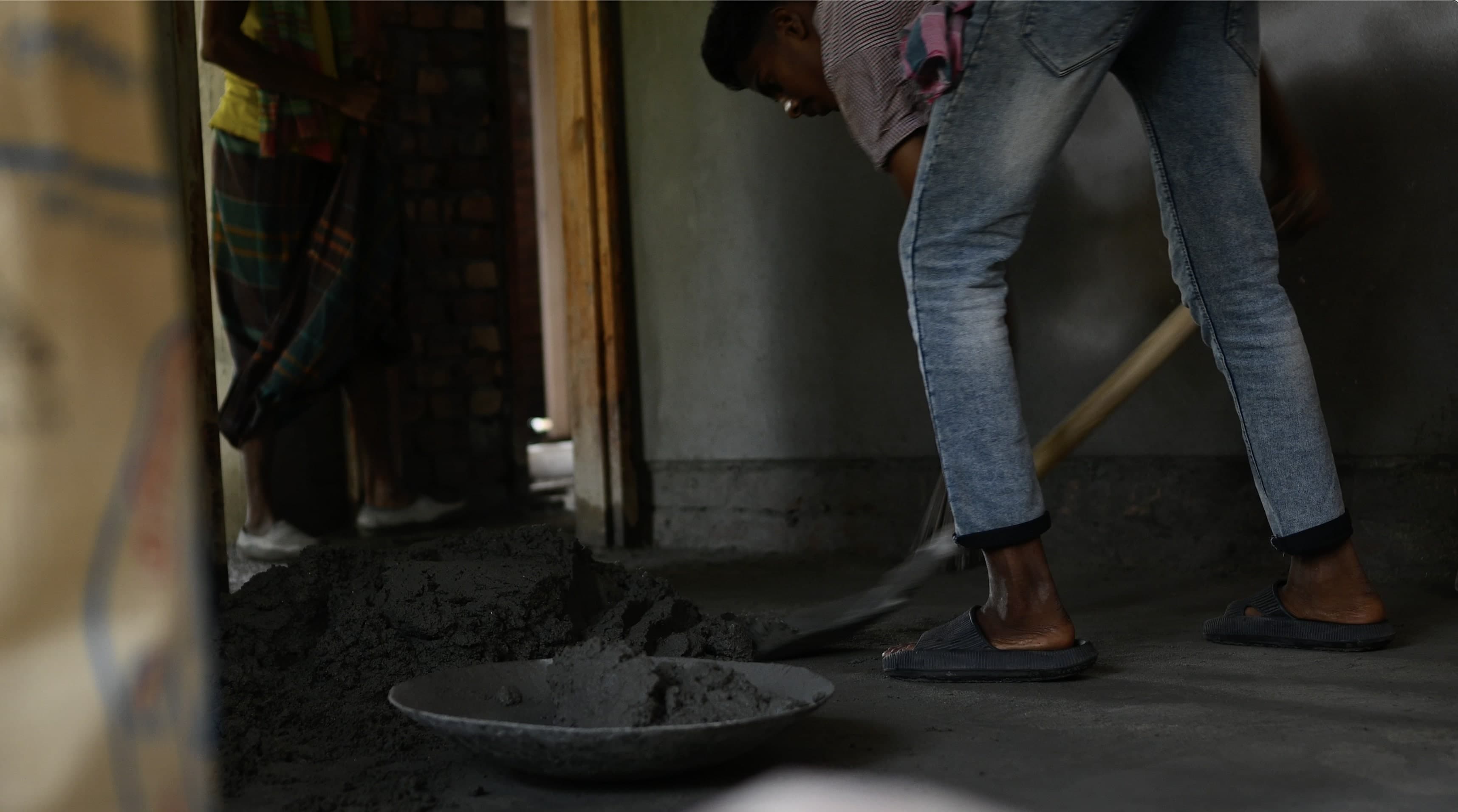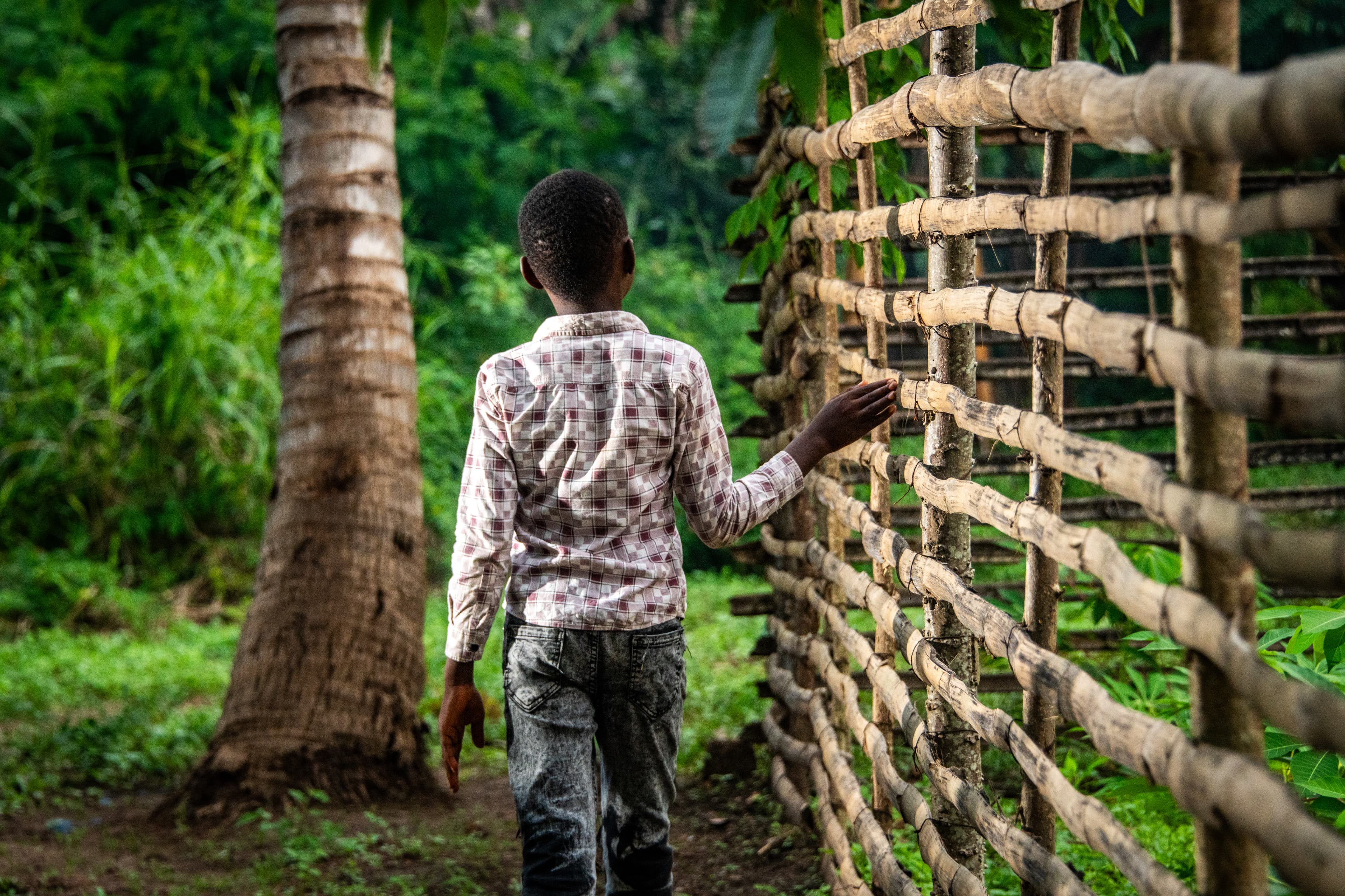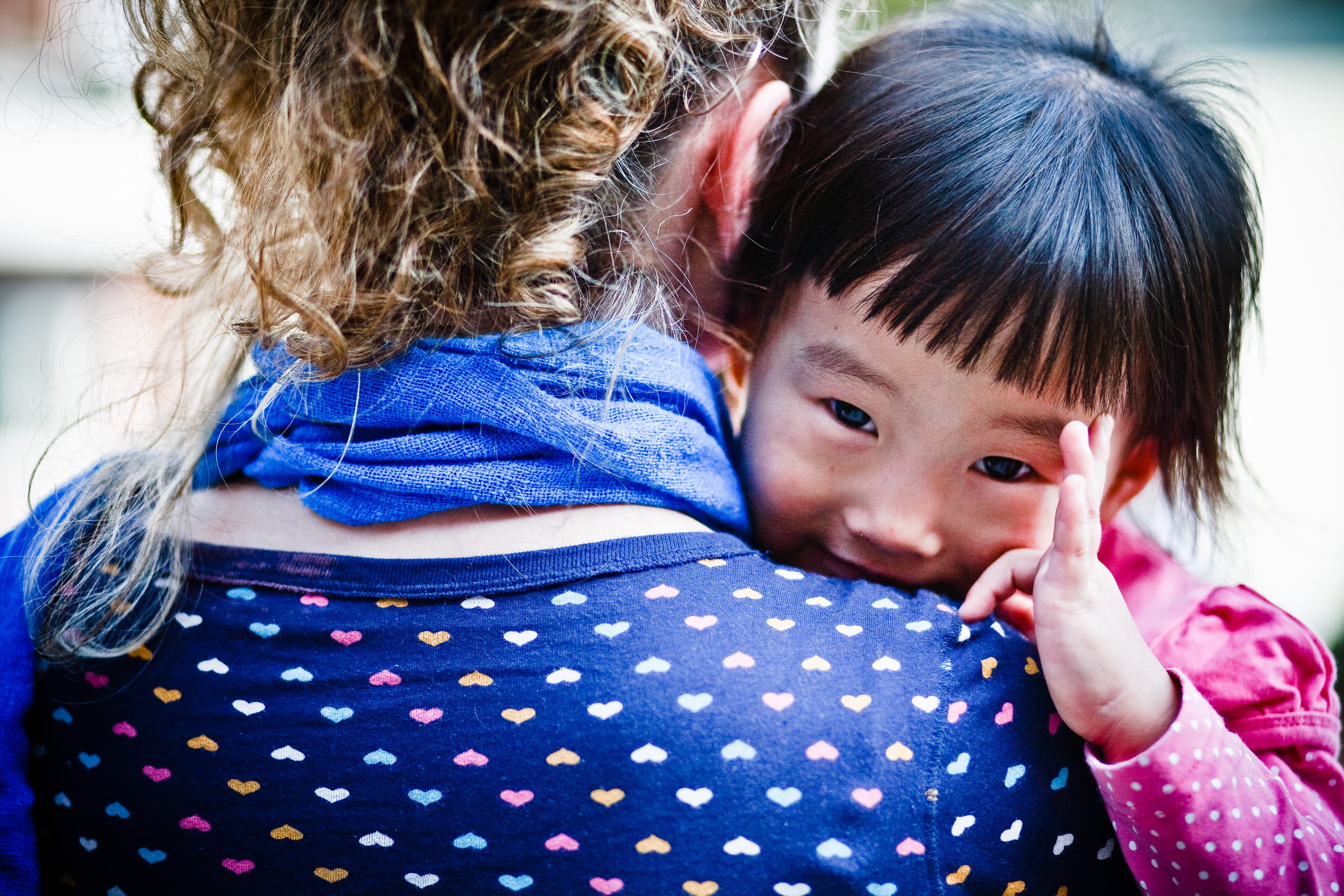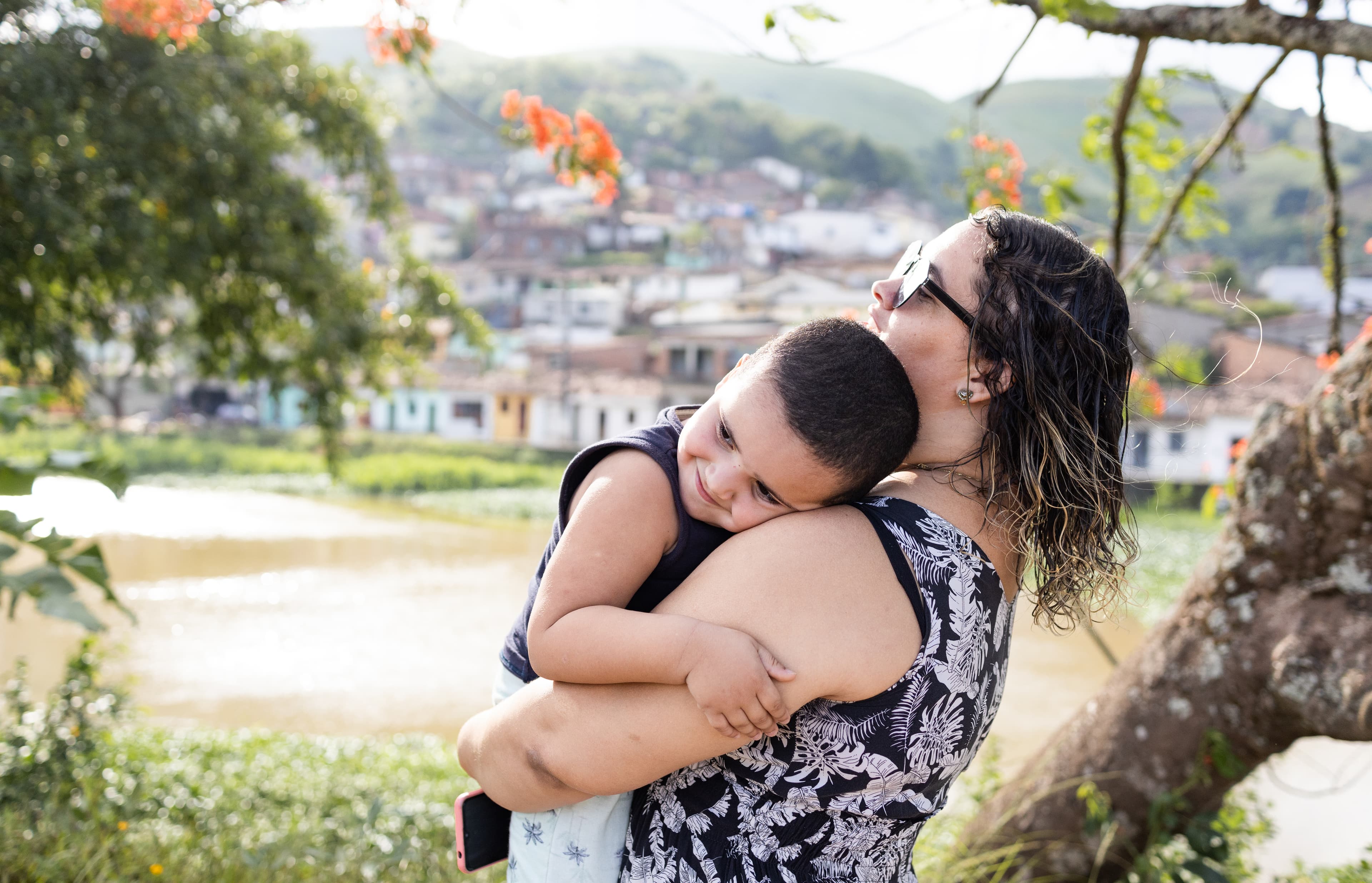World Day Against Child Labor is an international day observed on June 12 that aims to raise awareness of child labor and its impacts.
Child labor is work that deprives children of their childhood, puts them at risk and keeps them from reaching their potential.
Children living in poverty are the most vulnerable to child labor.
What Is World Day Against Child Labor?
Around the world, millions of children are exploited through child labor. World Day Against Child Labor is an international day observed on June 12 that aims to build awareness of this serious, life-threatening issue.
The International Labour Organization (ILO) launched World Day Against Child Labor in 2002. According to the ILO, the goal of this day is to “focus attention on the global extent of child labor and the action and efforts needed to eliminate it.”
What Is Child Labor?
It’s estimated that 160 million children (nearly 1 in 10) around the world are engaged in some form of child labor. According to the ILO, child labor is defined as “work that deprives children of their childhood, their potential and their dignity, and that is harmful to physical and mental development.”
This means work that’s mentally, physically, socially or morally harmful. It also means work that keeps children from going to school, which directly impacts their growth and development.
There are many examples of child labor, including child trafficking, forced armed conflict recruitment, forced prostitution and physically demanding or hazardous work like mining and factory work.
Child Labor Facts and Stats
Here are some quick child labor facts you should know:
Slightly more than 1 in 5 children are engaged in child labor within the world’s most impoverished countries.
Girls are just as likely as boys to be engaged in child labor.
According to the newest data available, 53 million of the 160 million children in child labor are not in school.
Of those not in school, 28% are aged 5 to 11 and 35% are aged 12 to 14.
According to UNICEF, child labor is more common in rural areas, and most child labor takes place in the agriculture sector.
Children Living in Poverty Are the Most Vulnerable
Above, we learned that slightly more than 1 in 5 children are victims of child labor in the world’s most impoverished countries. For example, a survey by UNICEF found that 26% of children aged 5 to 17 years are engaged in child labor throughout West and Central Africa. Why are children living in poverty at higher risk? There are many reasons. For example, parents in poverty may feel the overwhelming desperation of needing to provide for their families. They may feel as if they have no choice but to send their children to work so they can afford basics like nutritious food and clean water.
Other children may be without caretakers at all and are forced to work to provide for themselves instead. The dire circumstances of poverty can also make children more likely to believe false promises used to take advantage of them. For example, they may be promised large sums of money for their work yet paid nothing.
These situations make children even more susceptible to exploitation.
How Child Labor Affects Children in Poverty
Children forced to work dangerous jobs in mines and on farms may suffer injury. Those forced to perform commercial sex acts could suffer from life-threatening illnesses like HIV. And children made to work any job miss out on their educations.
Unfortunately, these consequences are worsened by poverty. For example, impoverished children lack access to essentials like medical care. This means that if they do get hurt or sick, there’s no hope of help or healing.
As for education, school can make or break a child’s ability to break the cycle of poverty. When children are educated, they have the skills to obtain quality employment as adults, helping them provide for themselves. Without an education, they remain trapped, often raising their own children in poverty too.
How Compassion Protects Children From Child Labor
Protecting children living in poverty requires consistent care. And that’s exactly what Compassion provides. We partner with local churches in impoverished communities around the world, equipping them to love and care for children in need.
What does this look like? While we tailor our care to each child we serve, every child in our program receives:
The hope of the gospel: Through their local church, children hear the gospel and experience Jesus’ love for them. This gives them eternal hope no matter how dark their present circumstances.
Protection from exploitation: Children at our Compassion centers are surrounded by loving adults trained in child protection. These adults teach children how to advocate for themselves and intervene on their behalf if there are signs of exploitation or abuse.
Care for their health: Children receive an annual checkup as well as medical care if they’re sick or hurt. Children are also monitored for malnutrition and receive care like therapeutic feeding if needed. This support lessens the burden of poverty on parents, protecting children from being sent to work.
Educational opportunities: Each child receives a quality education, empowering them to reach their dreams and become thriving adults. Through tutoring, tuition assistance and other initiatives, we ensure children can stay in school, giving them a clear path out of poverty.
You Can Help Us Fight Child Labor
World Day Against Child Labor is a great opportunity to take action for a child in need. And when you partner with Compassion, you can help provide the care and protection a child living in poverty needs each day of the year.
How? By sponsoring a child! When you become a sponsor, you equip a local church with the resources they need to provide nutrition support, medical care, protection and so much more to a vulnerable child.
Through child sponsorship, you’re enabling us to fight back against child labor by preventing a child from being taken advantage of. And each child we protect brings us one step closer to eradicating child labor for good.



